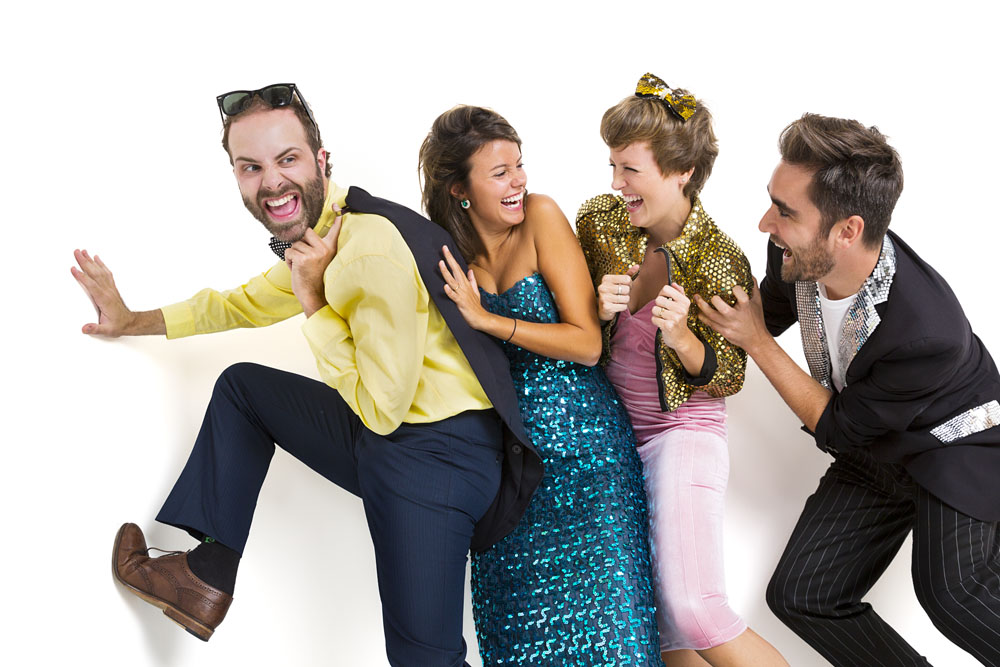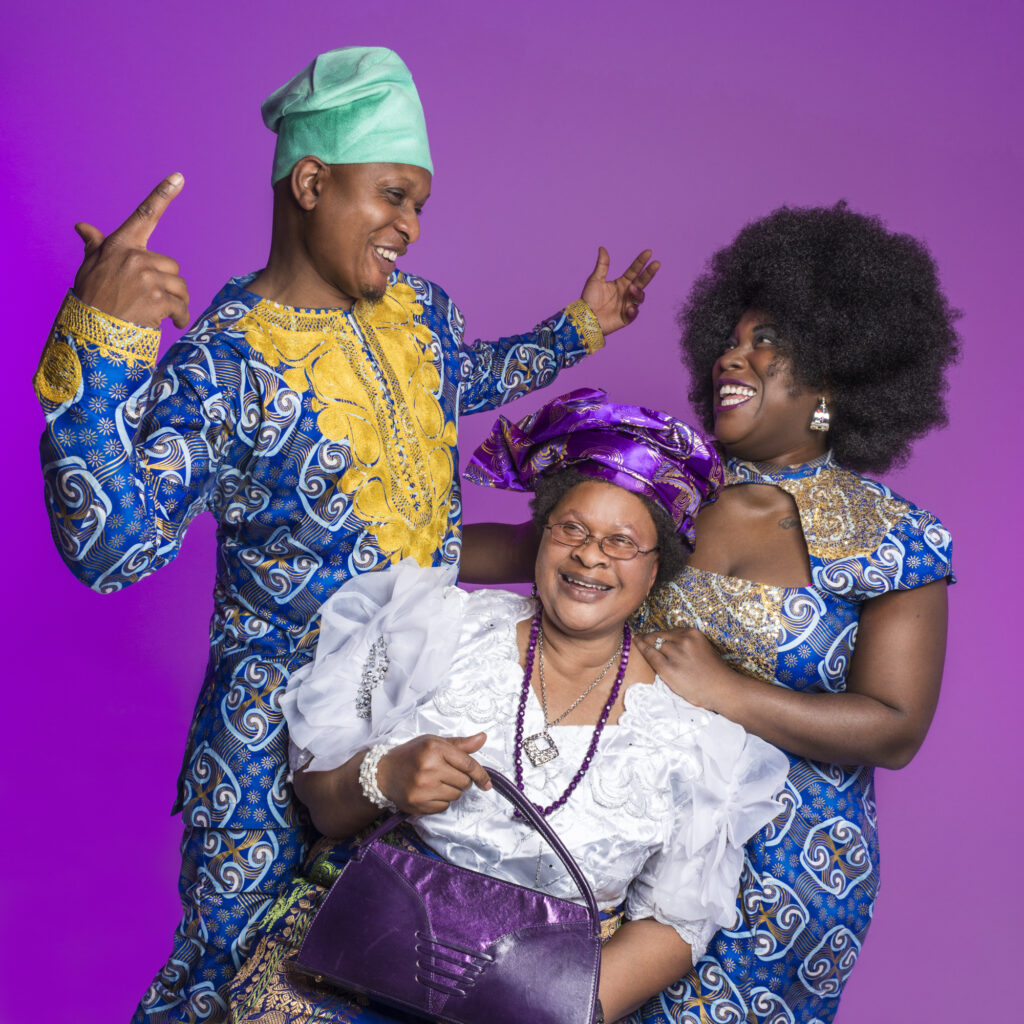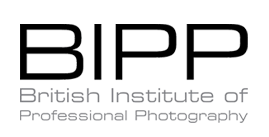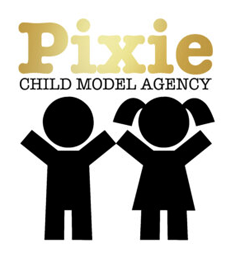March 2024
To Edit, Or Not To Edit: Princess Kate’s Controversial Mother’s Day Photo
With the boom of social media, photo editing has become the norm, with users striving to present the best versions of their moments and selves to the world. Whilst photo editing can enhance the beauty and clarity of pictures, it can also stir controversy when it strays too far from reality. A notable example of this is the recent controversy surrounding Princess Kate’s edited Mother’s Day photo, raising questions about the ethics of photo manipulation and the impact it has on public perception.

The Pros of Photo Editing: Enhancing Your Memories
Photo editing is a powerful tool for augmenting the allure of our photographic memories. The manipulation of lighting, contrast, and saturation through digital means allows even the most mundane of snapshots to metamorphose into stunning visuals, full of vibrancy and appeal. This transformative process not only imbues images with a professional sheen but also rectifies common photographic pitfalls. Issues such as the red-eye effect, which can mar portraits, shadows that obscure details, or blemishes on the skin, can be effectively addressed, ensuring that the memories we cherish are remembered in their best light.
The versatility of photo editing also extends to the ability to crop images; This function is instrumental in eliminating extraneous elements that detract from the focal point of the photograph, thereby enhancing its composition and focusing the viewer’s attention squarely on the intended subject. Through these enhancements, photo editing serves not only to beautify our images but also to preserve the essence of our cherished moments in a manner that closely aligns with how we wish to remember them. The edited image becomes a curated reflection of our memories, refined and preserved for posterity in their most visually pleasing form.

The Cons of Over-Manipulating Images: When Does it Become Too Much?
Venturing too far into the realm of photo editing can lead to an array of unintended consequences, one of them being the erosion of authenticity in our visual narratives. In the pursuit of perfection, we risk creating a façade that bears little resemblance to the reality it purports to represent. Such alterations, when excessive, not only distort the viewer’s perception but can also engender a culture of unrealistic expectations. This phenomenon is particularly pronounced in the context of social media, where the pressure to project an idealised image can drive users to significantly modify their photographs, thus contributing to a collective disillusionment with the attainability of such standards.
The overuse of photo manipulation tools can strip an image of its spontaneity and charm. The quirks and imperfections that render a photo unique are often the first casualties of heavy-handed editing, replaced by a sterile precision that lacks warmth and relatability. This shift towards homogenisation not only diminishes the diversity of visual expression but also impacts the personal connection we feel towards our own memories. Photos that have been overly manipulated may fail to evoke the same sense of nostalgia and emotional resonance as those that have been lightly touched or left unaltered.
In addition, reliance on extensive photo editing can impede the development of genuine photographic skills. The artistry involved in capturing a moment with skill and creativity is overshadowed by the capacity to ‘fix’ any perceived flaws in post-production, potentially stunting growth in photographic competence and artistic vision.
Princess Kate’s Edited Mother’s Day Photo: A Misstep in Authenticity?
The recent scrutiny of Princess Kate’s Mother’s Day photo has sparked a widespread debate on the boundaries of digital enhancements in personal photographs. Critics of the photo accused it of being overly polished, suggesting that it may have been subjected to digital enhancements to refine its visual presentation. This incident underscores the complex interplay between the
desire for aesthetic perfection and the need for genuine representation, especially in the public eye. The backlash highlights a growing public demand for authenticity, suggesting that audiences are becoming increasingly discerning about the difference between an enhanced image and real life.
In the context of the royal family, who are often under the microscope of the public eye, the authenticity of their shared images can significantly impact public perception. The expectation is not just for visual appeal but for a genuine glimpse into their lives, unmarred by the artifice of excessive digital manipulation. The reaction to Princess Kate’s photo signals a critical examination of how public figures use photo editing, pointing towards a preference for relatability over flawlessness.
There has been speculation that the image has been made up from several images taken in the shoot, to capture each person with the best smile/ expression on their face. Different images have been merged together to create a new image, but leaving behind signs that the merge has happened; including the sleeve on Princess Charlotte and hands looking fake and mismatched from other images. Our view is to use one image, as a moment in time because ultimately it’s a moment to appreciate and be authentic in, and the wider public will enjoy the rawness of having a glimpse into the reality of having three children in a photo. After all some of the most popular images of the Princes and Princesses are spontaneous rather than set up. Or if you want perfection, employ a professional photographer to take the image; we have lots of tips and tricks to capture the image in one take, avoid editing glitches and use our expertise to capture the image in real-time.
The metadata has also been released on the file, and it has been taken on a top-spec professional digital camera. The irony with this is, you can give a person professional salon scissors but it doesn’t make them a professional hairdresser. This is something we see a lot at Venture, but it takes years of training and experience to know how to produce professional images.
This episode serves as an example of how even subtle alterations can draw criticism and provoke discussions about truthfulness in digital representations. It reflects a broader societal shift towards valuing the unvarnished truths of our lives, celebrating the imperfect over the impeccably edited. The dialogue opened by the response to the photo may well encourage a reevaluation of how we approach photo editing, balancing the scales between enhancement and authenticity more carefully in the future.

Easy-to-Use Photo Editing Tools for Home Use
For enthusiasts keen to delve into the art of photo editing from the comfort of their own homes, accessible tools are abundant. Among the plethora are Adobe Photoshop and Lightroom, renowned for their extensive features that cater to a broad spectrum of editing needs, from rudimentary tweaks to complex manipulations. These software options stand as the industry standard, offering unparalleled precision and control over the editing process.
For those seeking more straightforward solutions, applications like Snapseed and VSCO are cheaper and more user-friendly alternatives. These apps excel in their intuitive design, enabling users to apply filters, adjust exposure, and tweak contrast with minimal effort. Snapseed, in particular, is celebrated for its selective adjustment feature, allowing for pinpointed edits in specific areas of an image. VSCO, on the other hand, is favoured for its aesthetic presets that emulate the look of classic film.
The proliferation of mobile editing apps has democratised photo editing, ensuring that even novices can achieve professional-looking results without extensive training. Tools such as Canva and PicMonkey facilitate graphic design elements and basic photo enhancements, making them ideal for social media content creators.
Each of these tools embodies the potential to transform ordinary images into visually captivating ones while fostering a creative exploration of digital photography. They equip users with the means to refine their photos, ensuring that the end product aligns with their vision, all whilst maintaining a level of simplicity that encourages widespread use.
How Venture Photographers Edit Photos in the Studio
At Venture Studios, the approach to photo editing is underpinned by a philosophy of restraint and precision. The professional photographers within our studios utilise an array of sophisticated editing techniques aimed at refining the photo whilst ensuring it remains a faithful representation of the original moment. The editing process often begins with subtle adjustments in contrast, enhancing the natural ambience of the photograph without introducing it artificiality.;
All Venture images are created 905% in camera, with years of experience with flash studio lighting to avoid long editing times and create images like they were shot on film. Colour correction plays a pivotal role as well, where the hues are adjusted to appear as true to life as possible, thereby ensuring that the vibrancy and mood of the image are accurately conveyed.
Detail enhancement is another facet of the editing suite at Venture Studios. This involves sharpening the focus on key aspects of the image to draw the viewer’s eye and add depth, all whilst avoiding the overemphasis that can make the photograph appear unnatural, so for dramatic effect to draw you into the beauty of a baby’s eyes or the soft cuteness of a dogs fur.;
Venture photographers are adept at skin retouching as well, where blemishes are gently removed but the inherent texture and tone of the skin are preserved, maintaining the subject’s individuality and character, all led by the customer’s brief to guide the end result.
Our use of these techniques underscores the studio’s commitment to authenticity. The goal is not to transform you into an idealised version of yourself but to flatter and enhance the image in a way that best reflects the reality of the moment captured. By marrying technical expertise with a sensitive editorial hand, Venture Studios ensures that each photograph stands as a testament to the art of subtlety in photo editing.
Finding the Balance: Tips for Thoughtful Photo Editing
Navigating the delicate equilibrium between embellishing images and preserving their original integrity demands a considered approach to photo editing. Emphasising minor adjustments can significantly elevate a photograph, enhancing its allure whilst ensuring the narrative remains unscathed. For instance, slight corrections to lighting or contrast can illuminate details previously cloaked in shadow, without veering into the realm of artificiality.
Additionally, the natural charm of a photograph is best retained by eschewing the excessive application of filters and digital effects that can distort the reality of the scene or subjects depicted. Such restraint allows the innate beauty of the moment to shine through, unobscured by unnecessary digital embellishments.
Transparency regarding the extent of modifications made to an image serves to foster trust, particularly when the photographs are intended for public consumption or play a role in shaping perceptions. Acknowledging edits, where substantial, helps to maintain an honest dialogue between the image creator and their audience.
Lastly, embracing the inherent flaws and idiosyncrasies within a photograph can imbue it with authenticity and relatability. These elements are often what imbue an image with personality and depth, making it resonate more profoundly with viewers. By appreciating the imperfect, photographers and editors alike can contribute to a more authentic and inclusive visual culture, where the emphasis shifts from perfection to the genuine depiction of life as it is lived.







